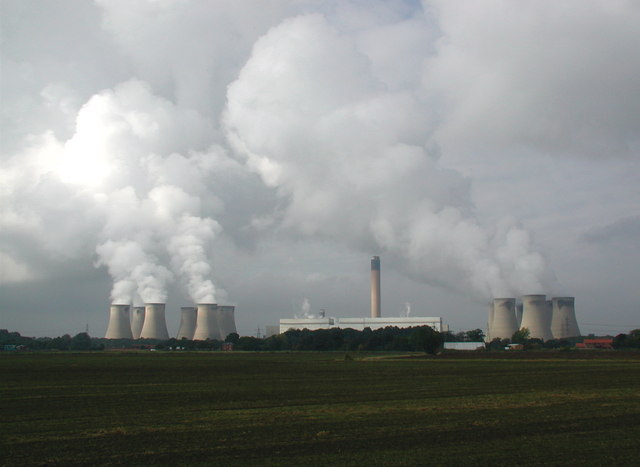The huge, belching smokestacks of electric power plants have long symbolized air pollution woes. But a shift is under way: More and more electric plants around the nation are being fueled by natural gas, which is far cleaner than coal, the traditional fuel.
The most optimistic projections describe an abundant domestic energy source that will create enormous numbers of jobs and lead to cleaner skies.
Nationwide, the electricity generated by gas-fired plants has risen by more than 50 percent over the last decade, while coal-fired generation has declined slightly. The gas plants generated about 600 billion kilowatt hours of electricity in 2000 and 981 billion hours in 2010, according to the U.S. Energy Information Agency.
During the same period coal generation declined from 1,966 billion hours to 1,850 billion hours, while hydroelectric and nuclear generation stayed about the same. The figures include electricity use by consumers and industry.
Nationwide, EIA said natural gas use for power generation rose 7 percent between 2009 and 2010. That’s about 515 billion cubic feet. The biggest jumps were in the Southeast, with use rising 24 percent in North Carolina, 18 percent in Virginia and 15 percent in South Carolina.
“Most of the people I know in the electric power industry are building natural gas” plants, said Jay Apt, a professor of technology at Carnegie Mellon University in Pittsburgh. That’s because of low prices over the last few years and the relatively low cost of building such plants, compared with coal-fired or nuclear.
But Apt cautions that the trend could stall because the basics of supply and demand mean that if too many plants embrace cheap gas, it won’t stay cheap.
“The surest route to $6 or $8 gas is for everybody to plan on $4 gas,” Apt said, and if prices do rise, coal will again be the most cost-effective fuel.
Read the rest at Huffington Post.
Photo: Paul Glazzard
